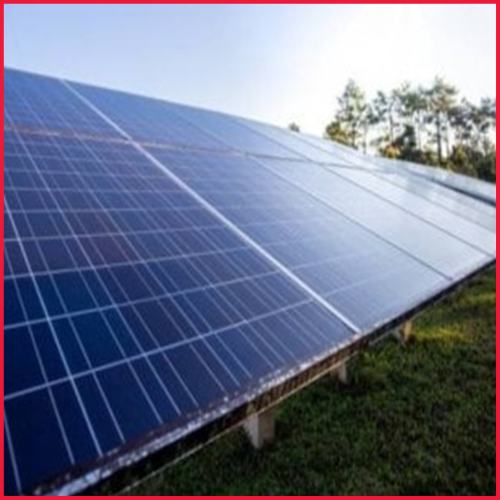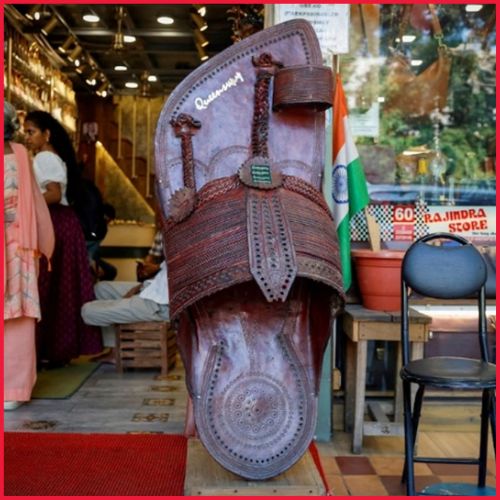PC: www.centralbank.ae
Dubai has demonstrated strong fiscal health and economic resilience, as reflected by a significant decrease in its Credit Default Swap (CDS) rates. The emirate’s CDS had declined from 71 bps in Q4 2023 to 65 bps as of March 2024. These cuts reflect increased investor confidence in Dubai to service its debts amid a dynamic economy, robust fiscal positioning, and high sovereign wealth funds.
The CDS is a measure of default risk, an important indicator of economic stability. The lower the CDS, the greater the confidence of the investors in the regional financial stability. As far as Dubai is concerned, the decline in CDS reflects strong measures implemented by the government towards maintaining economic stability at all costs even when it is going through financially difficult times globally.
UAE Banking Sector: Strong Capital and Liquidity Levels
Hence, the UAE banking sector remains one of strong capital adequacy and liquidity levels. The capital adequacy ratio of the UAE banks increased to 18.0 percent in early 2024, well above regulatory requirements. It also reflected an improvement in the common equity tier 1 (CET-1) ratio at 15.0 percent—increased by 0.2 percentage points y-o-y.
These capital ratios are central measures of a bank’s health, as well as the sector’s overall resilience to withstand shocks. High capital adequacy – double-digit, in fact – means that banks are poised to continue supporting economic activity while mitigating risks.
Double-digit Growth in Deposits is Building Liquidity
This has also bolstered the liquidity and funding buffers of the UAE banking system. Such notable indices on LCR highlighted vigorous improvement. LCR stood at 157.7 percent, and the NSFR at 113.6 percent, both firming testimony to the sector’s strength in withstanding moments of stress as well as to be strongly stable and funded in the long run.
Liquidity, measured by the LCR, is directly related to the banks’ ability to meet their short-term liabilities with high-quality liquid assets. Levels of such ratios have been rising steadily, indicating that the UAE banking system continues to build a healthy buffer against potential financial turbulence.
Asset Quality: A Positive Shift
Asset quality has remained favourable in loans with a decline in NPLs. The net NPL ratio had moderated to 2.3 percent by the end of the first quarter of 2024, clearly much improved in loan performance. Overall NPL stood at 5.6 percent, much better management of credit risk in the system.
Provision coverage ratio has also increased to 94.9 percent to enable banks to plan well in advance for possible defaults by loan borrowers. Provision coverage on specific items referring to the reserve kept aside on non performing assets increased to 60.8 percent. This indicates the proactive approach at the sector level towards risk management while keeping adequate coverage of loss.
Increase in Lending Portfolio Due to Domestic Credit
The lending portfolio for the UAE banking system has recorded good growth, as the year-on-year increase up to the end of the second quarter of 2024 stood at 8 percent. Domestic credit has witnessed an increase, particularly on loans to individuals and private sector companies.
Mortgage loans, personal loans, and auto loans formed key loan segments that contributed to the growth. Domestic credit to individuals rose by 8 percent year on year, reflecting strong demand for consumer financing. Ongoing efforts at economic diversification have also been binding well for the private sector of the UAE, which is seen to be propelling credit expansion in several industries-completing the country’s economic momentum.
Overall, good trends in the economic indicators of Dubai and the UAE banking sector reveal about the reputation of the region on financial stability and robustness. The decline in the levels of CDS for Dubai rejuvenates investor confidence about the fiscal health of the emirate. On the other hand, the UAE banking sector has witnessed consistent advancement in capital and liquidity levels and asset quality improvement with steady credit expansion. All these factors together place Dubai and the broader UAE economy well-set for further steady growth and stability in years to come.














